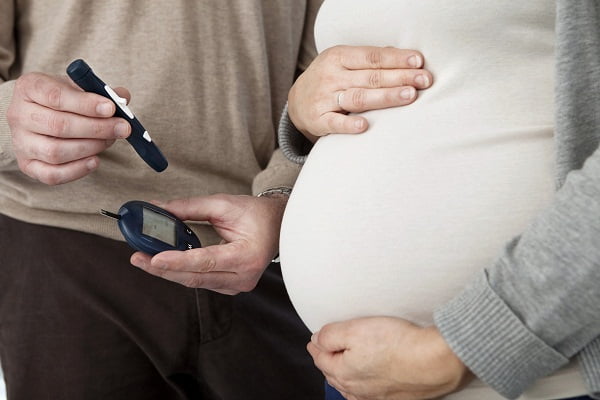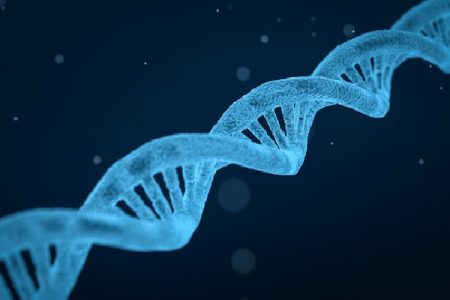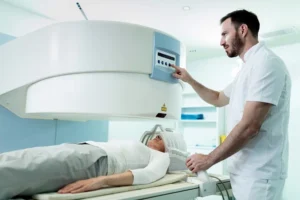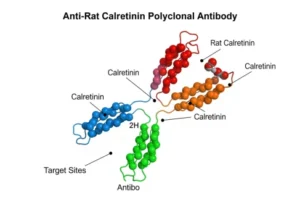Down Syndrome Abortion
- Updated on: Jun 27, 2024
- 5 min Read
- Published on Mar 6, 2019


Down syndrome and abortion
Down syndrome abortion has become a common practice in many countries especially in the UK, Denmark, and Iceland. Latest statistics revealed that Down syndrome abortion rate is 100% in Iceland, 98% in Denmark, and almost 90% in the United Kingdom, which is quite alarming.
Prenatal diagnosis for Down syndrome has resulted in 67-85% abortions in the United States, resulting in almost 30% decrease in the population of people living with this condition.
Reasons for an increase in Down syndrome abortions
There are many reasons for an increase in the number of Down syndrome (trisomy 21) abortions and one of the main reasons is the availability of non-invasive pregnancy diagnosis (NIPD) methods, which involves prenatal diagnosis of Down syndrome with 99% accuracy.
Another reason for an increase in Down syndrome abortion rate include the negative feedback provided by medical professionals to prospective parents regarding the survival and independency of their child, as a result the parents are discouraged and become fearful about the future of their child which becomes a reason for many families to choose abortion over life.
Some people believe that the babies with Down syndrome should be aborted because of their low intellectual capacity, cognitive impairment, limited capacity of Independent living and compromised health.
Pre-natal diagnosis and terminating Down syndrome pregnancy
Pre-natal diagnosis is a procedure which involves different techniques for determining the health and condition of an unborn fetus. The knowledge gained by prenatal diagnosis is important for avoiding any untoward outcome for both the mother and the fetus.
Advantages of prenatal diagnosis
- Remaining weeks of the pregnancy can be managed better.
- The outcome of a pregnancy can be determined with better clarity.
- Possible complications with the birth process can be planned earlier.
- Problems that may occur in the newborn infant can be determined and addressed possibly.
- Helps in deciding whether the pregnancy should be continued or not.
- Helps in finding the conditions that may affect future pregnancies.
Techniques for pre-natal diagnosis
There are many prenatal diagnostic techniques available. Each of them can be applied in a specific time during a pregnancy for greater utility. These diagnostic techniques can be helpful in determining possibility of the child to get Down syndrome or if the fetus already has Down syndrome or various other disorders. Some of the pre-natal diagnostic techniques that a doctor may recommend for this purpose may include:
- Amniocentesis
- Chorionic villus sampling
- Maternal serum beta-HCG
- Maternal serum alpha-fetoprotein
- Maternal serum unconjugated estriol
- Inhibin A
- Pregnancy-associated plasma protein A
Amniocentesis
In this procedure, a needle is passed through a mother’s lower abdomen into the amniotic cavity inside the uterus. After 14 weeks of gestation, enough amniotic fluid is present for amniocentesis. 14 and 20 weeks gestation is mostly preferred for amniocentesis during the prenatal diagnosis. The amniotic fluid contains fetal cells (which are derived from the skin of fetus) and are grown in culture for biochemical and chromosomal and also molecular biologic analysis. The amniotic fluid can also be analyzed for the determination of fetal lung maturity in the third trimester of pregnancy.
Chronic villus sampling (CVS)
In this procedure, a catheter is passed into the uterus to the developing placenta via the vagina and cervix under an ultrasound guidance. The catheter helps in collecting a sample of cells from the placental chorionic villi and these cells are then analyzed by a variety of techniques. The cells obtained by CVS are used for chromosome analysis and also for determining the karyotype of the fetus. 9.5 to 12.5 weeks of gestation is ideally used for CVS.
Maternal Serum beta HCG
This test along with MSAFP (Maternal serum alpha-fetoprotein) is used for screening a large number of chromosomal abnormalities particularly Down Syndrome in the middle of second trimester.
Maternal Serum alpha fetoprotein
The amount of MSAFP decreases when any abnormality like Down syndrome is present.
Maternal Serum Unconjugated estriol
If the fetus has Down syndrome, estriol level decreases.
Inhibin A
Dimeric Inhibin A produced by maternal corpus luteum and placenta are used for screening Down syndrome when its level gets increased in maternal serum.
Pregnancy-associated plasma protein A
In the first trimester of pregnancy, low levels of pregnancy-associated plasma protein A can be used for the screening of Down syndrome.
After screening of the fetus for Down syndrome using above mentioned prenatal diagnostic techniques and several other techniques, a decision of whether to terminate or not may be taken by parents of the unborn child. Since this has given a greater control to parents and in many cases legislation also support this, parents more often choose termination of pregnancy as soon as they get a diagnosis of Down syndrome. Consequently, pregnancy termination or abortion rates have found to be increased (>95%).
Debate for Down syndrome abortion
In Canada, on the eve of Down Syndrome Awareness month, a campaign was launched in which many young children with Down syndrome were dressed as extinct animals like polar bear, panda, a lion, rhinoceros and a sea turtle. The purpose of this was to make people aware about the increasing number of Down syndrome abortions. The increasing number of Down syndrome abortion was related to extinct species. The purpose of the debate was to make people aware that aborting Down syndrome babies is not the solution. After all we all belong to same species i.e homo sapiens. It was also said that just because a person with Down syndrome has an extra chromosome in every cell of the body doesn’t make it a rare animal with the threat of extinction as they are being aborted at an alarming rate.
Similar awareness and support campaigns are launched frequently by different advocacy groups or individuals worldwide in support of down syndrome-affected fetuses or children. On the other hand, there is another group who is fighting in support of abortions. The abortion debate for Down syndrome and other disorders is an ongoing controversy around moral, legal, and religious status of induced abortion. The sides involved in the debate call themselves as “pro-choice” and “pro-life” and accordingly associate themselves to “pro-choice” and “pro-life” movements. Each movement has tried to influence public opinion and get a legal support for its position. The debate has become a political and legal issue in many countries with anti-abortion groups trying to formulate and maintain anti-abortion laws, while pro-abortion groups looking for a repeal of such laws and providing choice to mothers of such unborn kids. Therefore, abortion laws differ significantly between countries, ranging from outright prohibition of abortions to public level funding of abortions.
Iceland’s “No Down Syndrome Policy”
The number of babies born with Down syndrome has drastically decreased in the United States and Europe with the rise of prenatal screening tests, but Iceland has almost eradicated Down syndrome births due to an increase in the number of Down syndrome abortions.
After the introduction of prenatal screening tests in Iceland, majority of women (almost 100%) terminated their pregnancy after receiving a positive test for Down syndrome.
Some combination tests including an ultrasound, mother’s age and blood tests are used to determine if the child will have any chromosomal abnormality especially Down Syndrome. The law in Iceland therefore permits abortion after 16 weeks if the fetus has Down syndrome or any other chromosomal abnormality.
The reason for such a huge number of Down syndrome abortions in Iceland is that most of the women (4 out of 5) opt for prenatal screening tests.












